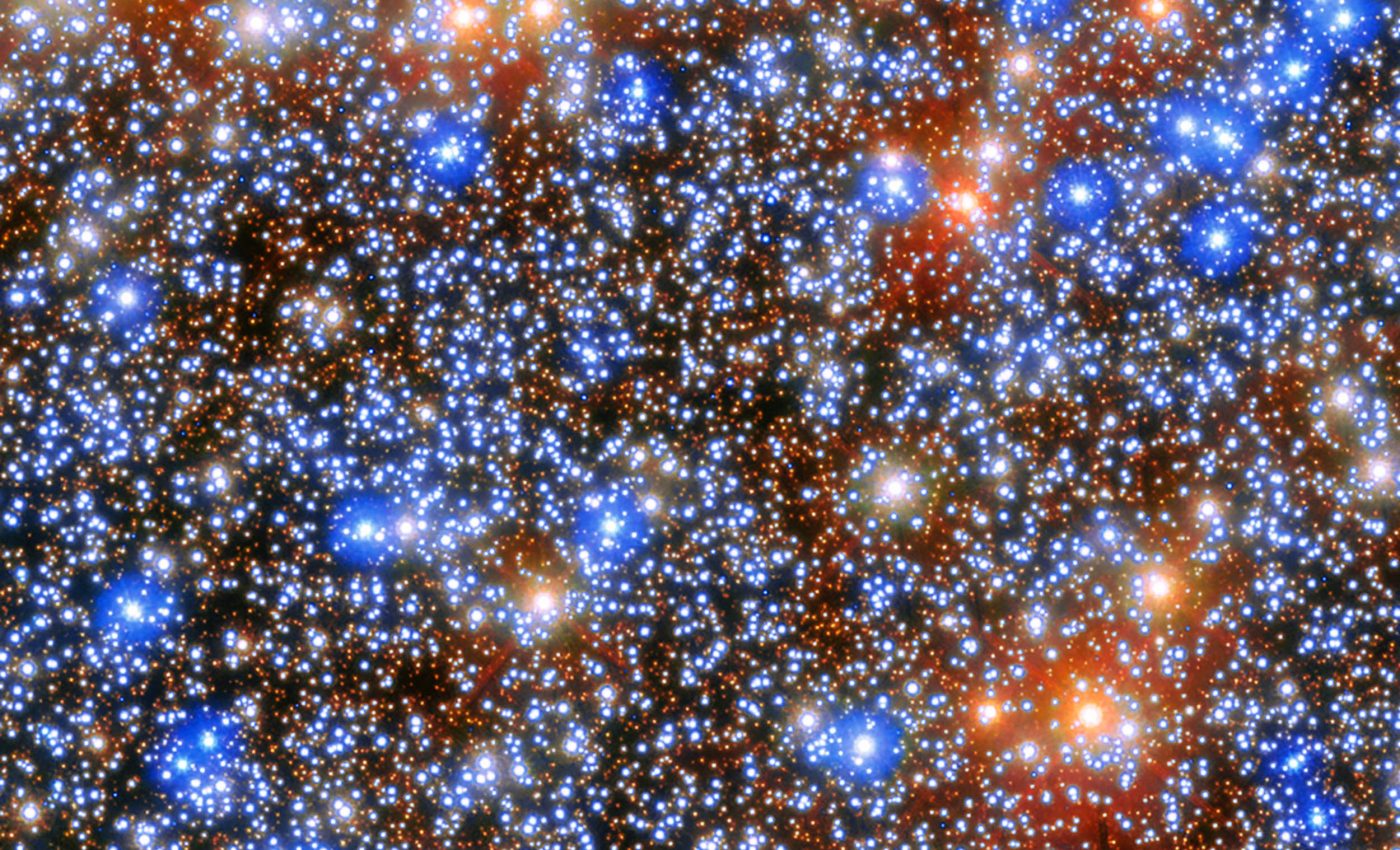
Closest massive black hole to Earth found in Omega Centauri
Omega Centauri is a celestial spectacle, a grand assembly of 10 million stars, observed as a hazy spot in the night sky from our Southern latitudes.
When viewed through a humble telescope, it doesn’t seem any different from the numerous other globular clusters we know.
However, a recent scientific study has confirmed a theory that’s been debated by astronomers for over a decade: Omega Centauri is home to a central black hole.
Enormous astronomical discovery
Leading the study from the University of Utah and the Max Planck Institute for Astronomy, respectively, Anil Seth and Nadine Neumayer have shed new light on this galactic puzzle, which has eluded astronomers for many years.
In an extraordinary effort, the experts have detected a nearly elusive intermediate-mass black hole in Omega Centauri.
“This is a once-in-a-career kind of finding. I’ve been excited about it for nine straight months. Every time I think about it, I have a hard time sleeping,” declared Seth.
“I think that extraordinary claims require extraordinary evidence. This is really, truly extraordinary evidence.”
Omega Centauri black hole
Astronomers have speculated about the existence of an unseen mass near the center of Omega Centauri through the diverse movements of stars within the cluster.
However, clarifying whether these were caused due to an intermediate-mass black hole or a group of stellar black holes remained a challenge.
“Previous studies had prompted critical questions of ‘So where are the high-speed stars?’ We now have an answer to that, and the confirmation that Omega Centauri contains an intermediate-mass black hole,” said Neumayer.
All shapes and sizes
In the world of astronomy, black holes don’t come in one-size-fits-all. There are stellar black holes, which hold between one and a few dozen solar masses.
Then there are the supermassive black holes, the behemoths that hold millions or even billions of suns. And in the middle, there should be intermediate-sized black holes, the ones we’ve struggled to find until now.
“There are black holes a little heavier than our sun that are like ants or spiders — they’re hard to spot, but kind of everywhere throughout the universe,” said Matthew Whittaker, an undergraduate student at the University of Utah and co-author of the study.
“Then you’ve got supermassive black holes that are like Godzilla in the centers of galaxies tearing things up, and we can see them easily. Then these intermediate-mass black holes are kind of on the level of Bigfoot. Spotting them is like finding the first evidence for Bigfoot — people are going to freak out.”
Closest black hole to Earth
Eluding detection by astronomers, this black hole remained an ambiguous entity until now. After months of rigorous analysis of the stars’ motion, the researchers finally identified the “high-speed stars,” thus confirming the presence of the intermediate-mass black hole.
Neumayer noted that this is the closest known example of a massive black hole, located at a distance of about 18,000 light-years from Earth.
In contrast, our Milky Way’s supermassive black hole is situated about 27,000 light-years away.
Black holes are not all the same. According to study co-author Matthew Whittaker, black holes somewhat resemble the diversity of creatures on Earth.
Stellar black holes are like ants and spiders in that they are ubiquitous yet hard to spot. On the other hand, supermassive black holes are more like Godzilla – easy to spot and fiercely destructive.
The elusive intermediate-mass black hole is comparable to Bigfoot, as it is rarely spotted and highly sought after.
Solving the Omega Centauri black hole puzzle
In an effort to understand the formation history of Omega Centauri, Seth and Neumayer cleverly designed a project to commence the search for fast-moving stars.
This would act as a “proverbial smoking gun” and shed light on the black hole’s mass. Maximilian Häberle, a doctoral student at the Max Planck Institute who led this daunting task, characterized it as the “proverbial search for a needle in a haystack.”
Häberle’s intensive cataloging of the motion of stars in Omega Centauri, based on the study of over 500 Hubble images, formed the backbone of the research.
As a result of his unwavering pursuit, Häberle spotted seven fast-moving stars in the cluster’s center. This incredible discovery indicates the presence of a concentrated mass at least 8,200 suns in size.
“The velocities of the fast-moving stars are significantly higher than the expected central escape velocity of the star cluster, so their presence can be explained only by being bound to a massive black hole,” Häberle explained.
Black holes, Omega Centauri, and the future
The results suggest that the Omega Centauri black hole is closer to Earth than the 4.3-million-solar-mass black hole at the center of the Milky Way.
The findings may potentially confirm the existence of IMBHs in our cosmic neighborhood. This will not only deepen our understanding of black hole evolution but will also provide clues to intriguing questions about how supermassive black holes grow from IMBHs and what environments favor their formation.
As the team continues this stellar inquiry, their study spotlights the importance of continuous observation and scientific creativity.
The work exemplifies the wonders of space exploration, and the potential it has to reconfigure our understanding of the universe.
The revelation of this intermediate-mass black hole is a monumental step forward in cosmic research. With this impetus, the team plans to delve deeper into the center of Omega Centauri using advanced technology such as the James Webb Space Telescope and the Extremely Large Telescope.
The research is published in the journal Nature.
Video Credit: NASA’s Goddard Space Flight Center/ Paul Morris
—–
Like what you read? Subscribe to our newsletter for engaging articles, exclusive content, and the latest updates.
Check us out on EarthSnap, a free app brought to you by Eric Ralls and Earth.com.
—–














